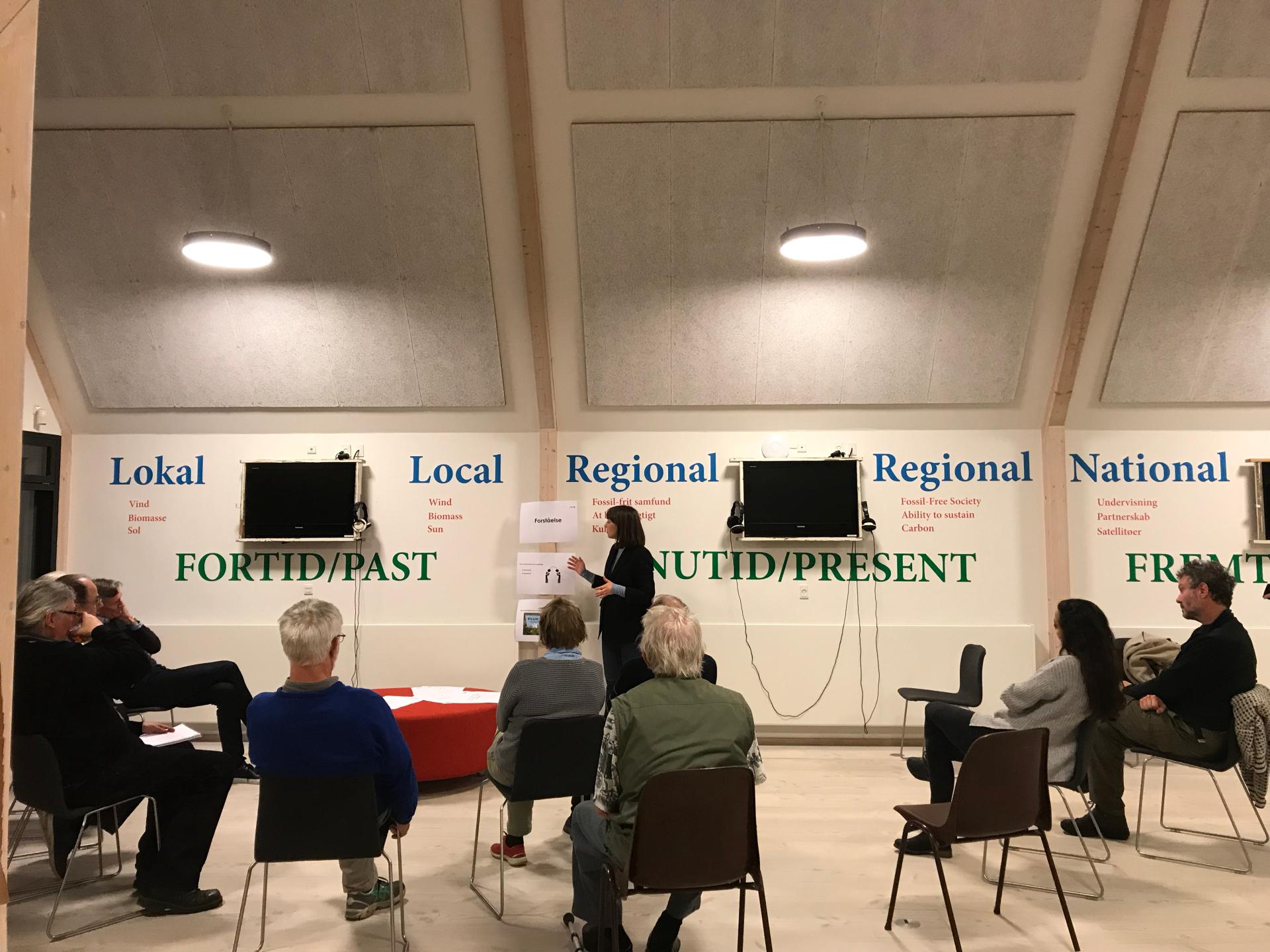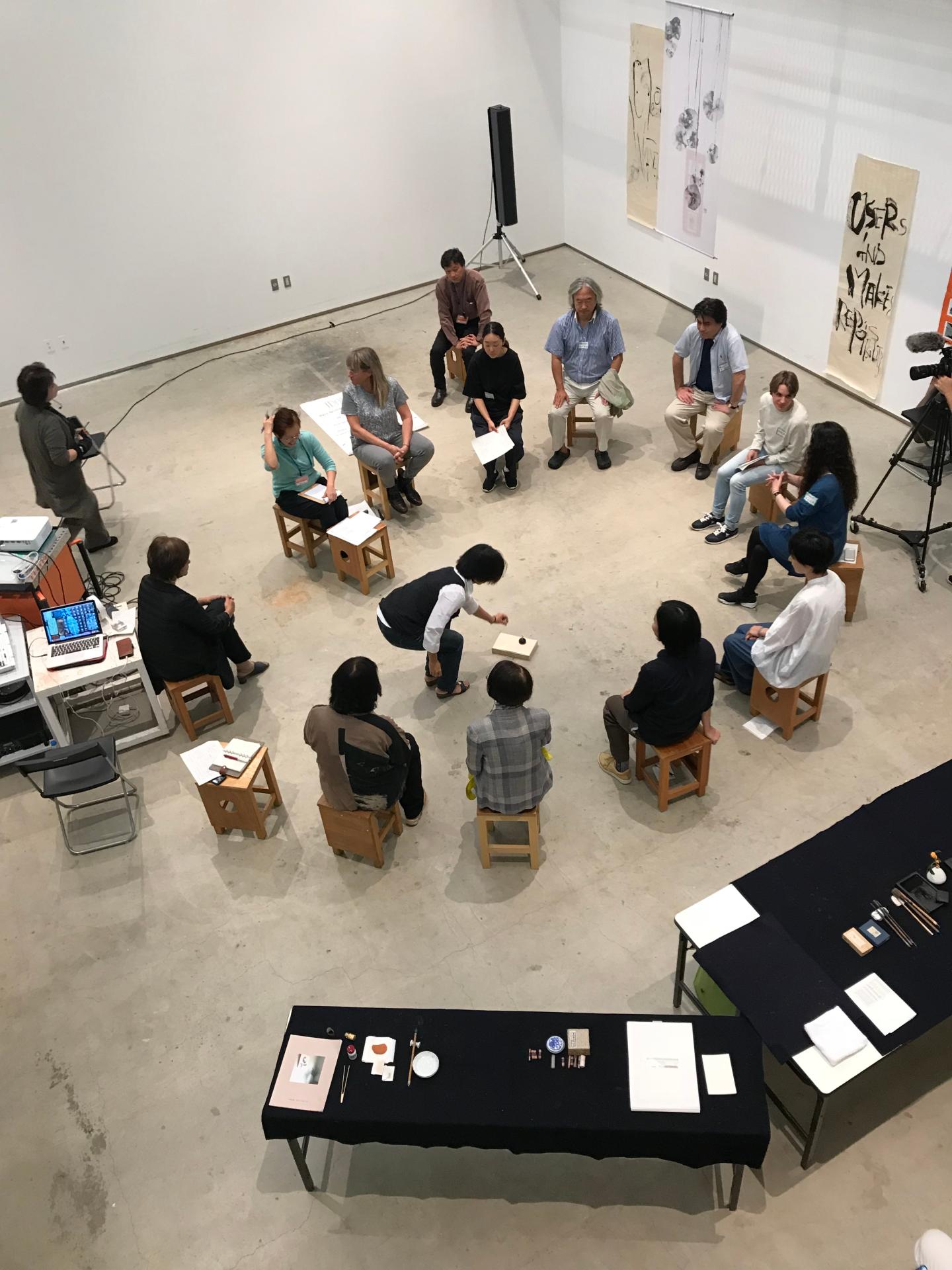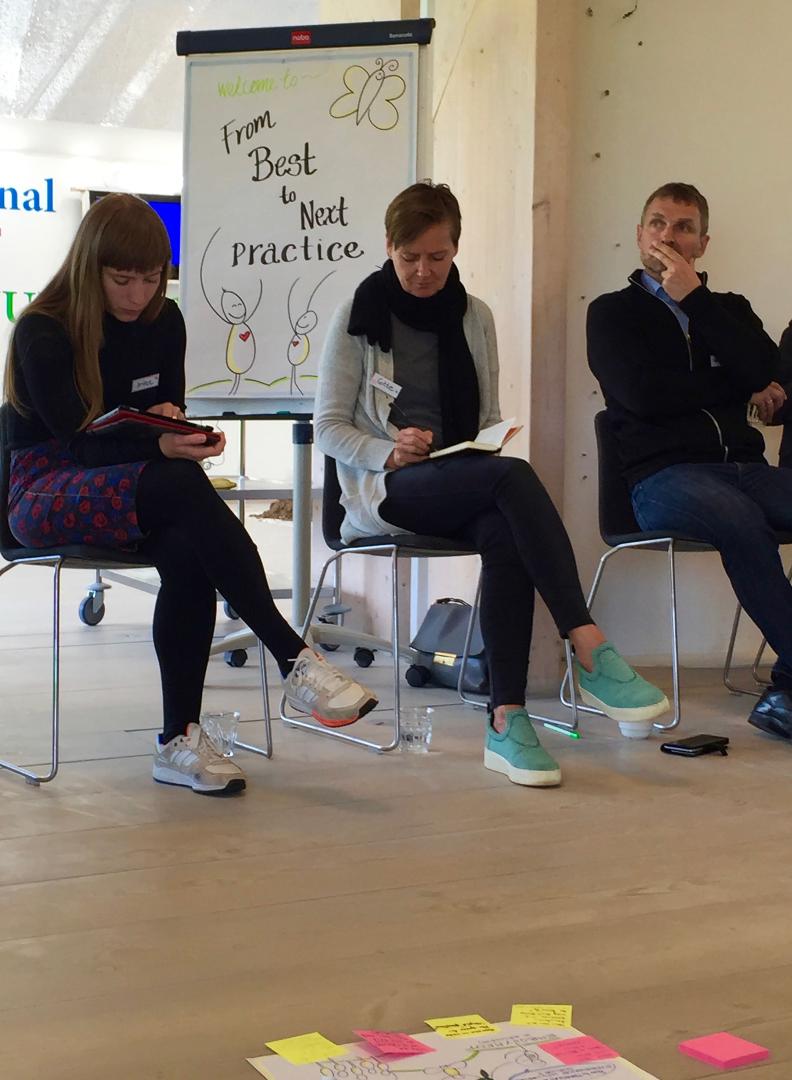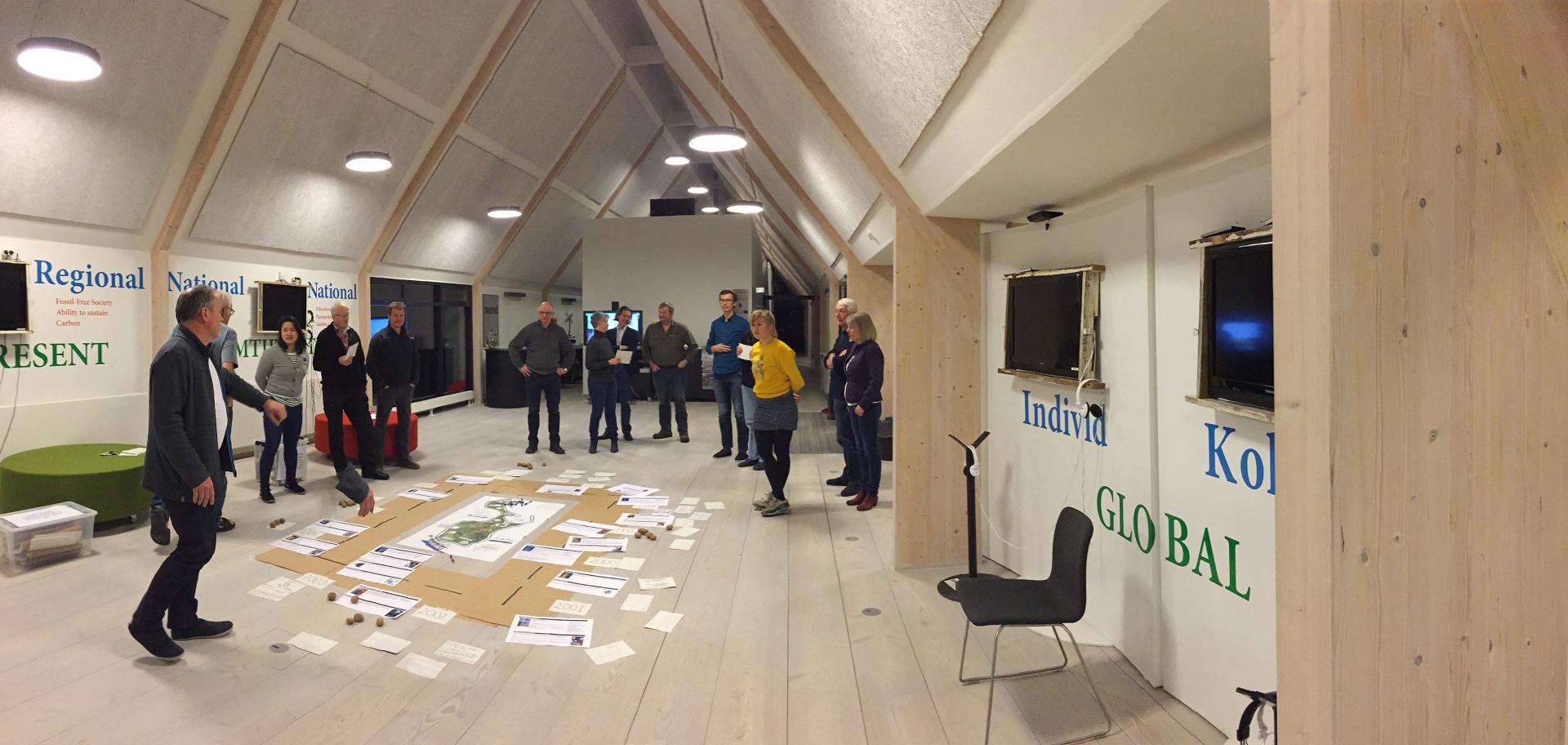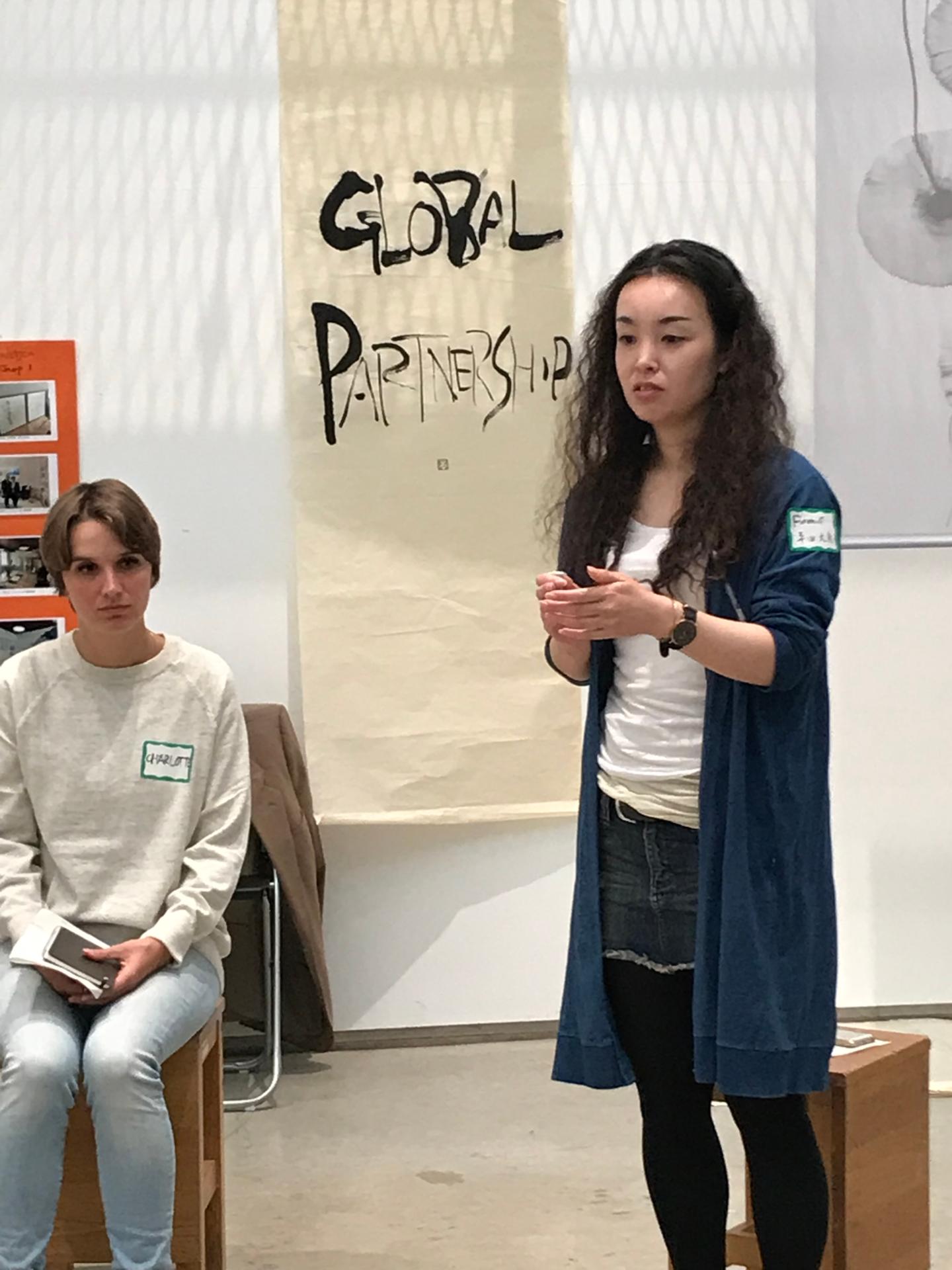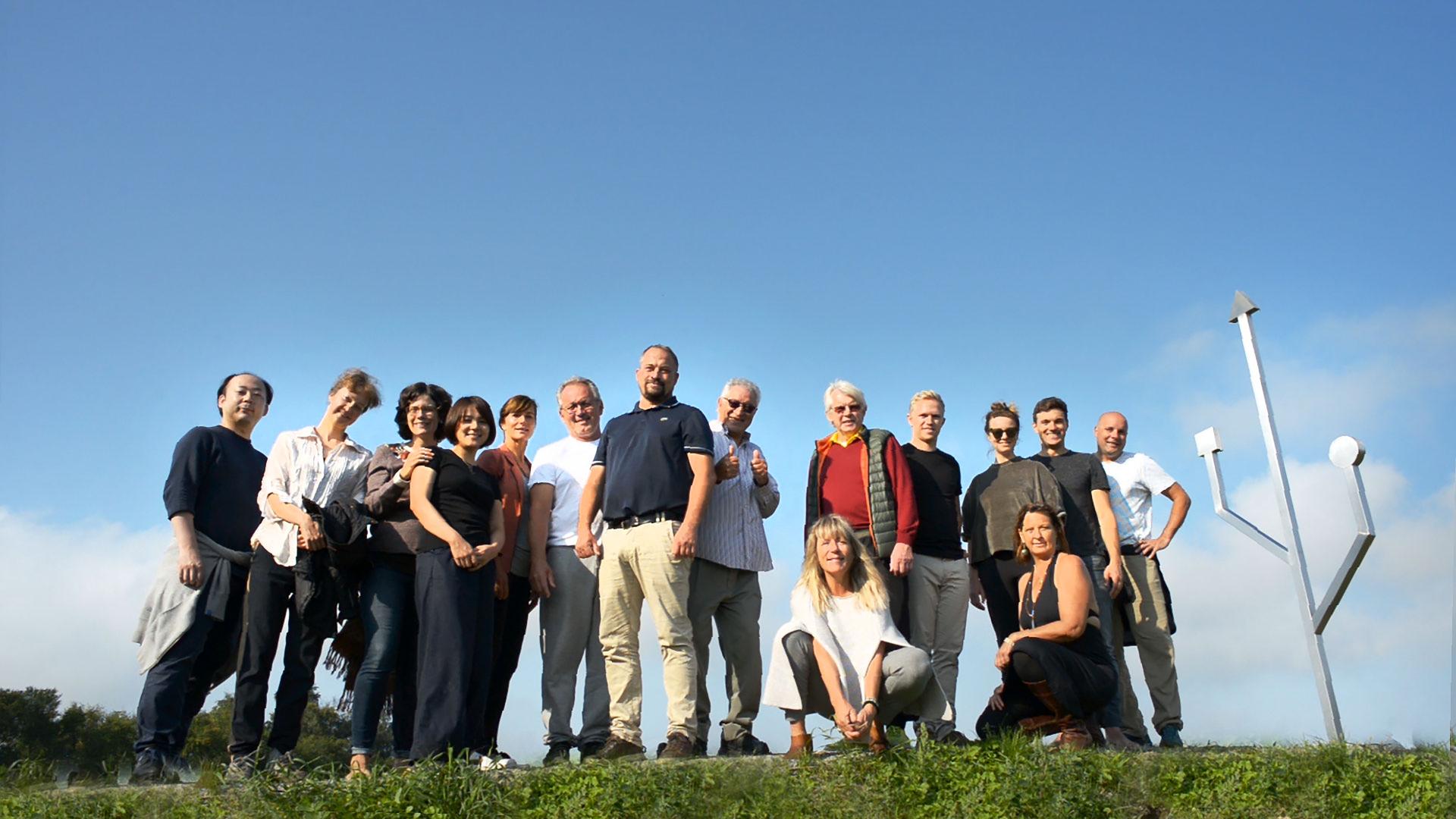Best to Next
Basic information
Project Title
Full project title
Category
Project Description
A society lives or dies because of its ability or not to adapt and change. Its authenticity is nothing without sustainability. The challenge is how to maintain and improve a way of life without destroying the qualities that defined it in the first place. Best to Next used art as a means of capturing skills, memory, culture and emotions. This way of designing has increased our ability to feel shared love for our place and the beauty of its nature and moved forward the green transition.
Project Region
EU Programme or fund
Description of the project
Summary
Best to Next consisted of a series of symposia designed for the local community of circa 4,000 inhabitants of the island of Samsoe, Denmark. It used forms of art in support of community development with the aim to bring the community together and create an inclusive process in support of sustainability and local development.
Aesthetics and art brought justice to the small farming and conservative society of Samsoe. The project provided the necessary space to people to talk freely about matters unknown to them which they had been unable to talk about or relate to, due to the lack of insight or of the appropriate language. This enabled participation of the entire community, all ages, professions and views and made the process viable in the long run, because the community had ownership of the process.
Through a series of six two-dimensional community art symposia that took place on the island of Samsoe, three of which facing inwards (local dimension ‘shared space - open space’) and three facing outwards (global dimension ‘from best to next’), the small farming and conservative society of Samsoe opened up respectively to (a) a local discussion on resources and its own sustainability and (b) a global discussion with the world.
The global Best to Next process analyzed the best practices that had traditionally been used during periods of change and looked into the future with regard to how these could be applied to form the next practice. Best to Next also served as a megaphone and a receiver at the same time that connected the Samsoe community with other communities from around the world to exchange perspectives on sustainability, art and culture. The project was purposely designed to run for 6 years (2011 - 2016) in order to go beyond the 4-year political cycles (2009-2013, 2013-2017) of the Samsoe municipality, the island’s local authority. This has been a key element for the process to enjoy freedom and its own identity.
Key objectives for sustainability
The project’s key objectives in terms of sustainability were to create social cohesion, understanding and a shared sense of ownership around a new vision for a sustainable future for the society of Samsoe. But can a society be sustainable if it cannot sustain itself, too? Hence, the project introduced a new aspect of sustainability, namely how can a society “sustain its ability” to act and decide its future.
The project brought together a community, composed of people with very different backgrounds and perspectives. But in a rural society everybody knows that taking care of the resources that are available is a matter of survival.
Therefore sustainability, in terms of use of resources and circularity, but also in terms of the transformation process, which had to be inclusive to be viable over time, has been the common ground that brought people together and became the project’s backbone.
Best to Next used art to bring about justice in terms of inclusiveness and participation and enabled an out of the ordinary next practice, beyond people’s norms and habits. We invited people to be a little brave and dare to be part of a process that initially was to some extent unknown. “If you never go somewhere where you don’t know what the outcome will be, you will never get surprised”, said one of the symposium participants.
As a result, the circular concept ‘It Stays on the Island’ was created, to signal the launch of an effort to use locally all the island’s renewable energy resources and at the same time to stop importing resources from outside the island. At the end of this inclusive 6-year project, the Samsoe community had renewed its ambition to become completely fossil-free by 2030 and climate neutral by 2050, in line with EU’s Green Deal.
Key objectives for aesthetics and quality
Best to Next aimed to create a tangible space for a local society with room for together-telling and space for anybody’s stories to surface. It made people feel comfortable to help a new purpose and stories about the local society’s sustainability appear. While respecting stories already there, it aimed to build a common narrative for the future.
It also aimed to create a common understanding about how future is formed by exploring the past and the legacy. Value occurs when inclusion happens in a respectful process supported by the aesthetics, like a kitchen where we invite to share food and life dreams in a confidential room. In that context, art and aesthetics were first and foremost physical; a sensory experience of form, format, color, light and dark, smell and movement, and they made the complex simpler.
The objectives were met through a series of symposia, which used art as a driver for conversations about social and sustainable change: How do we keep moving further ahead? How do we get more people involved? Are we looking in the right direction, in the right way, with the right purpose?
These symposia provided a moment where functionality stood back, and created the quality that the participants' feelings of the common context were all valid and of great importance. We worked with the design of the space and the way we sit and move to get an aesthetic formation that affects our sense of situations and ability to move in them. This helped co-design a content where nature, music, historical narration, images and videos were framed by past, present and future and renewed everybody’s desires for service.
We also used a new common aesthetic language, a special way of experiencing and becoming more sensitive together. By doing so, we became more enlightened about the knowledge of our society, the nature and resources we are surrounded by, so as to design interventions on the environment for the benefit of those who are in it.
Key objectives for inclusion
Best to Next’s objective was to achieve inclusive common dialogue in the Samsoe society for the next practice. This was translated into 4 principles for the symposia:
1. Those present are representatives of the entire civil society in question
2. What happens is the only thing that could happen
3. When it starts, the time is right
4. When it's over, then it's over (recognize end and beginning)
To ensure a representative group of people, we worked with a design phase, where we invited people from across sectors and the civil society. Having a participant with a mandate on behalf of others increased inclusion for the group and determined who finally participated in the symposia. The mix of participants was then based on self-organising working groups.
To provide timing and cohesion, the symposia were designed with a catalogue of the representatives' intentions. Participants could recognize their questions, which were woven through the phases of the symposia. This created recognition and inclusion. In other words, those who had something on their mind could bid on a topic and invite others to discuss it.
In addition, participants had "the right to leave"; if you are in a place where you can neither learn nor contribute to anything, then have the courage to go somewhere else where you can”.
To further strengthen inclusion the symposia operated with 4 ways to participate:
1. You can initiate or call for a conversation
2. You can participate in a conversation that someone else has called for
3. You can be a "bumble bee": participate and "carry pollen" from one group to another
4. You can be a "butterfly" if you do not want to join groups but need reflection
Before and after the symposium, we sent out invitations and reflections to the entire local population and wrote many small articles in the local press with examples of recommendations, the groups in the symposia came up with.
Results in relation to category
Mobilising the civil society of Samsoe through art and culture has provided several direct and in-direct impacts, and our persistent aesthetic methodology has become a golden standard for sustainable community building, not only on Samsoe, but with communities and countries around the world. The impacts have been manifold on both social, environmental and economic conditions.
A key result of working with an aesthetic method for 6 years, is the ability to establish a common agenda, beyond the 4-year political cycles, and maintain the important dialogue. This helps solving the many challenges of becoming fossil free in 2030.
While the key drivers of attention and inclusion for a community are still events, festivals, cultural performances, Best to Next has resulted in a new understanding and a new language to guide transformation and changes.
The results are also based on the daily exchange of stories that support social inclusion and supports the work towards implementation of the Green Deal. The local respect and care for nature and the landscape plays a big part too.
This special combination of people and space with culture, art and society has lifted our green agenda much further than we had hoped for, to the extent where Samsoe is regarded a beacon for social inclusion and transformation.
The popularity of the symposia on Samsoe has extended beyond the regular island summer season to meetings during the winter season, so that our local community still is alive all year round. We have visits from media all year round, which means that our example is disseminated to many parts of
How Citizens benefit
Best to Next was at its core inclusive, but it also depended on the input and co-ownership of civil society to bring about meaningful change.
The methods and processes of Best to Next have redefined the way our local community develops when it comes to common understanding and dedication to projects. And the local community, on the other hand, has been involved in designing our approaches and culture to facilitate the green transition. It is all about making room for input and co-ownership.
The dialogue before the symposia has ensured that citizens were ready to share their hopes and dreams, and the shared and open space approach made their creative ideas a big part of the subsequent cultural changes.
Best to Next has changed the physical way we meet. From experts talking to us like in school with discipline and listening - we today sit in circles and use the room and space to invite everybody to be their own expert. We have learnt to believe in our own inner strength as a powerful part of a cooperative sustainable idea. As a result, local citizens has invested private money in sustainability and circular economy, including a large wind farm.
Building trust is a matter of having many meetings and loads of information and sensing what is at stake. Best to Next has delivered trust and space to learn in and believe in and trust that we are on the right path. We have deliberately planned many meetings and asked the population to be self-organizing and we have tried to make room for what is difficult and at stake.
Through inclusion, we can now work with common questions that point forward, in stead of backwards. Therefore, it has been absolutely crucial to have an evolutionary approach and be inspired by the discipline of ontological design thinking.
As a relatively small local community, we have had a vast footprint. And we still draw on the value and memory of how aesthetic processes builds common understand
Innovative character
Change is about people and emotions. It is a dynamic process, which every now and then needs redesign and often repurposing. Our local society had to forget for a moment that it had been considered a global best practice. During the symposia series, it became a student again to disconnect from the past, hear all participants’ perspectives and opinions about the future, answer WHY first and then imagine what would come next.
The process that the project designed was a prototype and a range of methods and experiences and therefore an innovation on its own. It created an open space for people to find the relations among them on the basis of what was important for them. The opportunity of working with art and emotion and a future that does not exist yet, like sailing in the sea without a compass and following the few birds in the sky, was also innovative in character.
It can be a serious challenge to insist that innovation is necessary when it is not a common norm for a small conservative rural community, where people only know what they have and what it can be used for based on experience. By balancing art with planning and development, the project created a living system based on aesthetics, and a chaotic atmosphere where the opportunities arose before the barriers.
The moods and experiences and self-organization became of crucial innovative nature. Over the long run of 6 years, the degree of innovation increased further, as the community around us became confident in being in a familiar environment of co-creating change. A crucial value that we discovered over time was that those of us who prepared the symposia were local ourselves and not just consultants or experts from outside. For innovation to have room to unfold it is important that the responsibility lies locally, instead of with a few who will leave after the end of the project.

